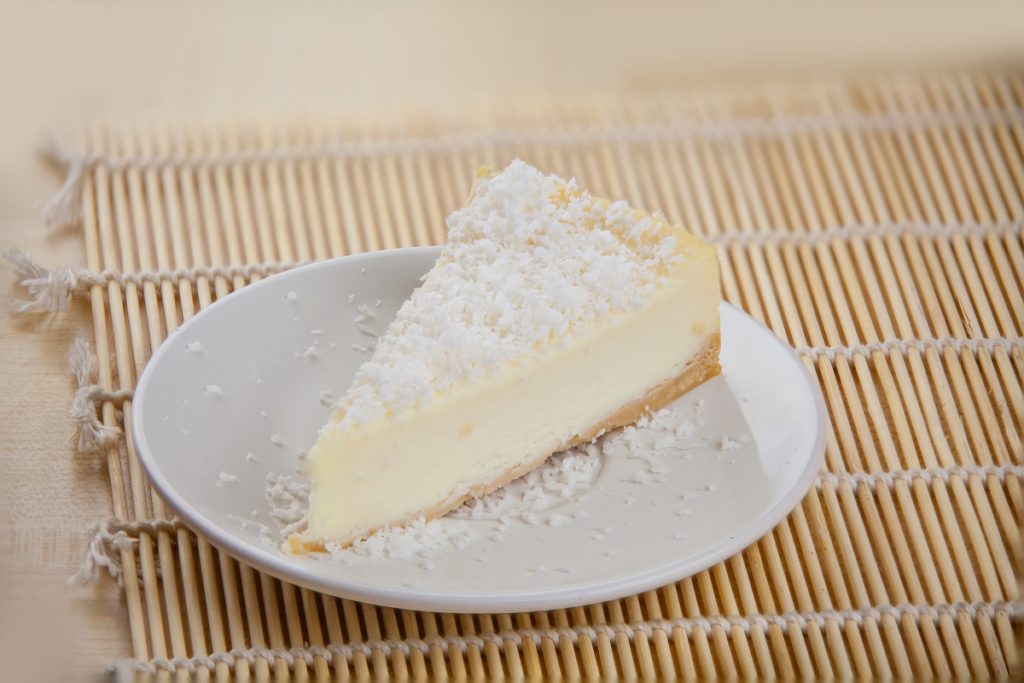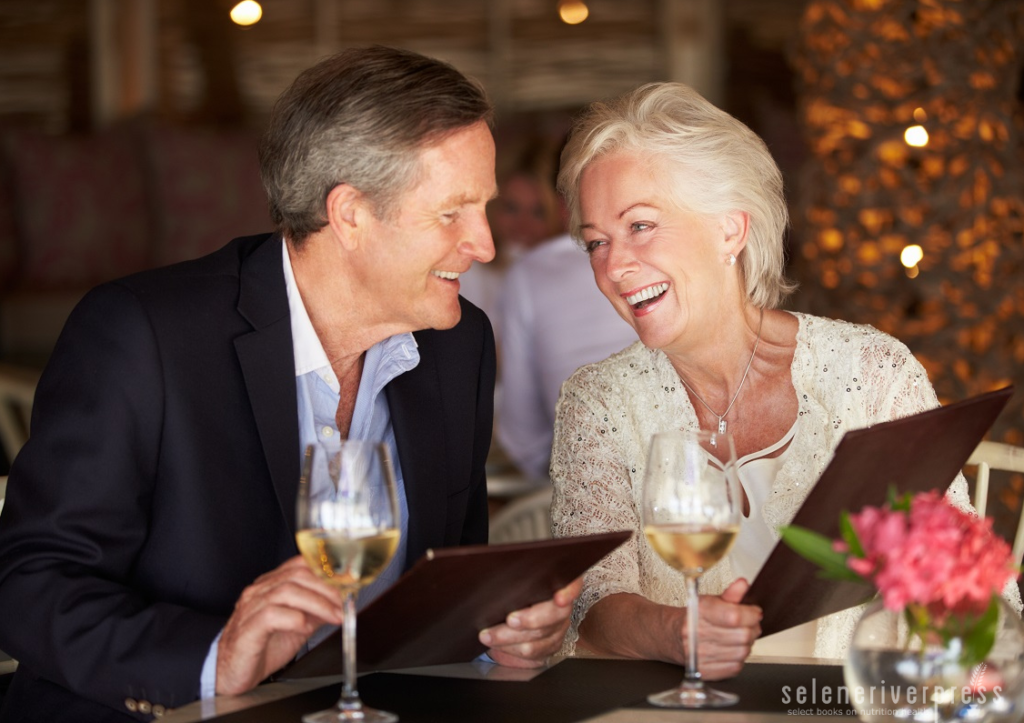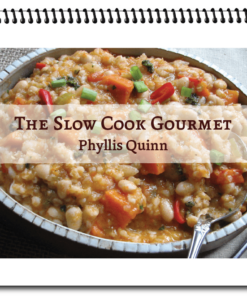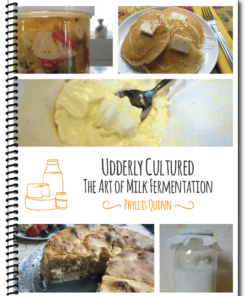Fifty years ago, Katharine Hepburn said, “Men and women should live next door to each other and visit occasionally.” In some circles, this idea isn’t revolutionary or new, and today the sentiment seems to be making a comeback. Is everything old new again?
The subject of later-in-life relationships is so hot that it got a big write up in a New York Times article, “Older Singles Have Found A New Way to Partner Up.”
What you would want if you found yourself in a romantic situation later in life? I think I know what I want, and when I learn something I like to share it with others. I thought I wanted the exhilaration of falling in love, which in my opinion, is the utmost in human experience. And while I do want that, when I ask others, the overwhelming response I get is companionship.
Once, in a letter to a lover, I wrote this: “For me, being in love means being all in. Do you feel the same way?” He didn’t answer. This I found baffling. Who wouldn’t want to be all in? Isn’t it insane to not want to rock our mundane world while keeping sane, satisfied, and, well, happy? I want that feeling, the romance, and some kind of a commitment. But at my age, I want them on my terms.
The subject of the Times article is nothing new to our society, but it’s certainly more prevalent now, when the divorce rate of people over 50 is double what it was in 1990, reports Psychology Today.
What do we know of later-in-life relationships? Here’s the lowdown.
We live longer, but does that mean we’re living longer without a life partner? If that’s true for you, count yourself among a growing number of people. Whether you’ve never been married, or you’ve suffered the death of a long-term spouse, the number of people who find themselves single later in life is on the rise.
Many older people who do re-partner are choosing to LAT. That is, live apart together. Another increasingly common situation among older people who become widowed or divorced is cohabitation, as sociologist Susan Brown notes in the Times article.
Do you long for deeper personal connections, whether from romantic relationships or platonic friendships? We are social beings. It’s all about connections. Well before I knew that it was a cultural phenomenon, I wrote about this idea in my post, “Funeral Potatoes: The Next Chapter of My Life, Widowhood.”
Some of the women I’ve interviewed expressed feelings of shame at wanting to find love or romance again—shame for being lonely, for being hurt. They felt ashamed simply to ask for what they want. (Please see Brene Brown’s TED Talk “The Power of Vulnerability for some insight into this. It threw me for a loop.)
If a new relationship is something you want, how do you find it? Research shows that meaningful relationships are good for mental and physical health. And while it is tough to meet new people at any age, it’s a lot harder in your golden years. What it takes is being open or willing to try new things, aka vulnerability.
If you do find romance or companionship, it will look very different from the idea of marriage you had years ago. For example, I was afraid of becoming a caretaker again, so I wanted to find someone 15 years younger than me. After all, it’s my right to not want to take on that kind of responsibility any longer.
And if you find a loving connection who wants to move in, you may think, “I like my space, and we’re too different in how we live.” Even if it hurts their feelings.
So how do you meet new people? For starters, you can volunteer, find a hobby, try a new sport, or just venture out of your comfort zone to take a class or sign up for a group lesson. And of course you can try dating sites, but I recommend a neighbor meet and greet for singles rather than the national and international dating sites. You can also look up old love interests on social media. I know a few who married after reconnecting some 60 years later.
What about taking a class for learning guitar, for oil or watercolor painting, making ceramics, reading to kids at the library, or anything else that interests you? You might be uneasy to venture out alone, so bring a friend for support. In time, you’ll make new friends and start feeling comfortable and confident on your own.
If you can, join a group that understands your particular situation. I joined On Our Own (which I think has a catchy name). My hospice grief counselors recommended them, and I will always be grateful for their guidance and compassion. We bring a dish to our monthly meetings. Here’s a winning recipe for such an occasion.
Makes-Its-Own Crust Coconut Custard Pie
Chef’s note: This is foolproof, easy to prepare, and not too sweet. It pairs well with most wines for after dinner. And it travels well to your social events too.
Ingredients
4 eggs
½ cup coconut sugar or Monk fruit sweetener
1 teaspoon vanilla
¼ teaspoon grated nutmeg
2 cups milk
¼ cup melted butter
½ cup flour (use almond or pecan flour to make it gluten-free)
1 cup unsweetened coconut
Directions
- Butter a deep 10-inch glass pie plate. Preheat oven to 350°F.
- Mix all the ingredients together in a bowl. Pour into pie plate.
- Bake for approximately 55 minutes. The middle should be jiggly.
- Turn off the oven and let the pie rest for 5 minutes.
- Serve chilled.
Images from iStock/monkeybusinessimages (main), Solstizia (post).




